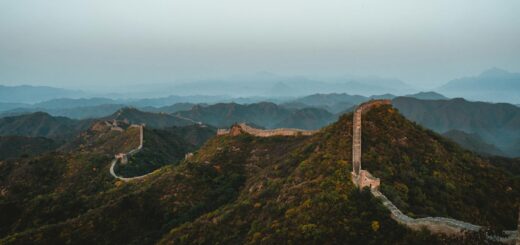The Enigmatic Journey through Time: History of Ayahuasca
Long held in reverence by the indigenous cultures of South America, Ayahuasca is an entheogenic brew that has been a cornerstone of their traditional medicine and spiritual practices for hundreds, perhaps even thousands of years. Emerging from the deep, verdant tendrils of Amazonian rainforests, this plant mixture has been known to shamans of yore and now to modern explorers of the mind for its profound psychoactive properties and purported healing effects.
To comprehend Ayahuasca’s timeline, one must travel to the prehistoric heart of the Amazon jungle. Little is concretely known about its origins due to the region’s lack of written history and Ayahuasca’s oral tradition. However, researchers, through ethno-archaeological data and guarded shamanistic teachings, propose an antiquity stretching back to around 1000 AD source. Shamanism, the belief that spirits permeate the universe, forms the foundation of the indigenous cultural practices around Ayahuasca. Learning from their surroundings, these people discovered and refined the Ayahuasca brew.
Traditionally, Ayahuasca is a decoction of two plants: the Banisteriopsis Caapi vine, providing the necessary MAO inhibitors, and the leaves of the Chacruna bush, carrying the psychoactive compound DMT. This intricate understanding of the jungle’s pharmacopeia suggests a depth of knowledge accrued over generations.
Through the fluid channels of trade and cultural displacement, Ayahuasca traveled down centuries, weaving its way into the practices of numerous tribes. Each developed distinctive rituals around its consumption. From the Shuar shamans of Ecuador to the Shipibo-Conibo people of Peru, unique ceremony forms, chanting styles, and artistic representations flourished source. Ayahuasca ceremonies essentially work to invoke the spirit of the plant, seeking its wisdom and healing abilities.
The 18th and 19th centuries marked pivotal shifts for this ancient brew. With the arrival of European colonists and Christian missionaries in South America, Ayahuasca underwent a period of suppression and persecution. However, it refused to fade into oblivion, persisting in covert tribal ceremonies and remote regions.
The early 20th century saw Ayahuasca breaching cultural barriers. It transcended its tribal roots and became central to several syncretic religions, such as the Brazilian religions of Santo Daime and União do Vegetal. These new religious movements incorporated Christian elements, blending them with traditional Ayahuasca use to create unique spiritual doctrines source.
In the latter half of the 20th century, the discourse around Ayahuasca shifted again, thanks to notable anthropologists and ethno-botanists like Richard Evan Schultes and Terence McKenna. Their works illuminated the Western world to Ayahuasca and its metaphysical potential. Schultes’ work in cataloguing Amazonian plants and McKenna’s eloquent accounts on psychedelic experiences ushered Ayahuasca into a new terrain, where science, spirituality, and exploration of consciousness converged.
Today, Ayahuasca has become an international phenomenon, drawing people from all walks of life. Modern science has begun to corroborate the healing effects perpetuated by tribal lore. Studies suggest its potential in treating mental health disorders such as depression and PTSD source.
Nonetheless, the spread of Ayahuasca has also led to a host of issues. Instances of misuse, commodification, and cultural appropriation have come under scrutiny, prompting debates on ethics and legality. Additionally, the sustainability of Ayahuasca is a concern as demand surges beyond the Amazon.
In understanding the history of Ayahuasca, we bear witness to a narrative that echoes the complex relations between humans, plants, and the spiritual world. From deep within the Amazon rainforest to modern Western society, Ayahuasca’s role has evolved as a potent symbol of humanity’s yearning for healing and transcendence, threading together the jagged edges of our shared consciousness.


